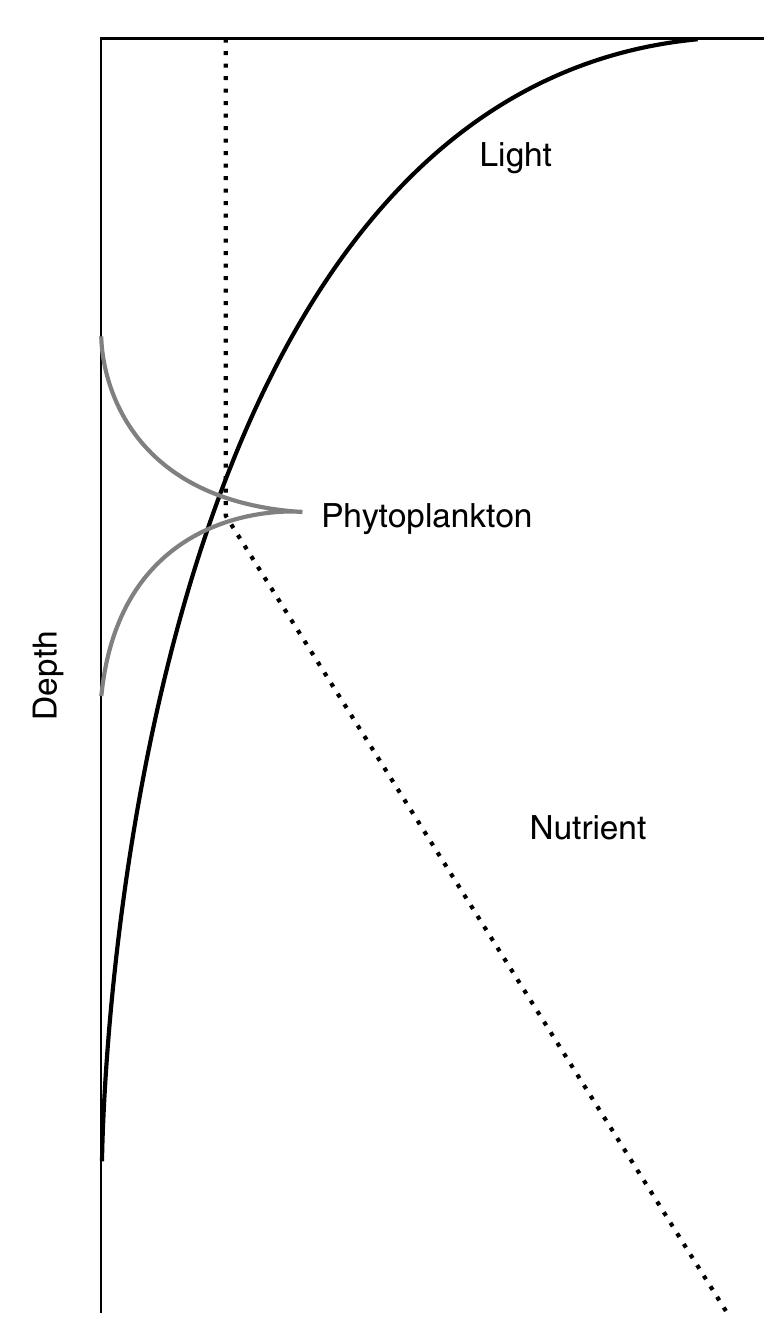Figure 5 – uploaded by Elena Litchman

Figure 4 The hypothesized effects of anoxic conditions on Tasmanites dominance, including a possible positive feedback between Tasmanites dominance and anoxia. OAE, ocean anoxic event. stimulating nitrogen fixation by cyanobac- teria (Figure 4). Nitrogen fixation may occur more readily under low oxygen condition because enzyme nitrogenase is sensitive to oxygen (Pienkos et al. 1983) and because low oxygen conditions increase availability of iron (Stumm and Morgan 1981), which is required for nitrogenase synthesis (Ber- man-Frank et al. 2001; Kustka et al. 2002). Increased iron availability may have also stimulated prasinophytes directly, as they may have high iron requirements (Quigg et al. 2003). In addition, low oxygen con- ditions may have reduced the abundance of grazers and that would increase Tasman- ites densities, as prasinophytes (at least modern species) are effectively control- led by grazers (Boyd and Harrison 1999). Increased Tasmanites densities may lead to accumulation of organic matter that would promote anoxic conditions thus creat- ing a positive feedback in the ecosystem (see Figure 4). The suboxic conditions at the prasinophyte origin may have time of ed to a whole suite of adaptations in this group enabling their success under suc h condi- tions. Several studies indicate that a pra- sinophyte Tasmanites may have been the dominant phytoplankter during t ne ocean anoxic events (OAEs) in the Mesozoic, for example, early Toarcian OAE in t Jurassic (Palliani and Riding 1999; Palliani et al. 2002; van de Schootbrugge et he lower al. 2005). Low oxygen conditions likely increased ammonium availability directly due to a reducing potential and indirectly by




